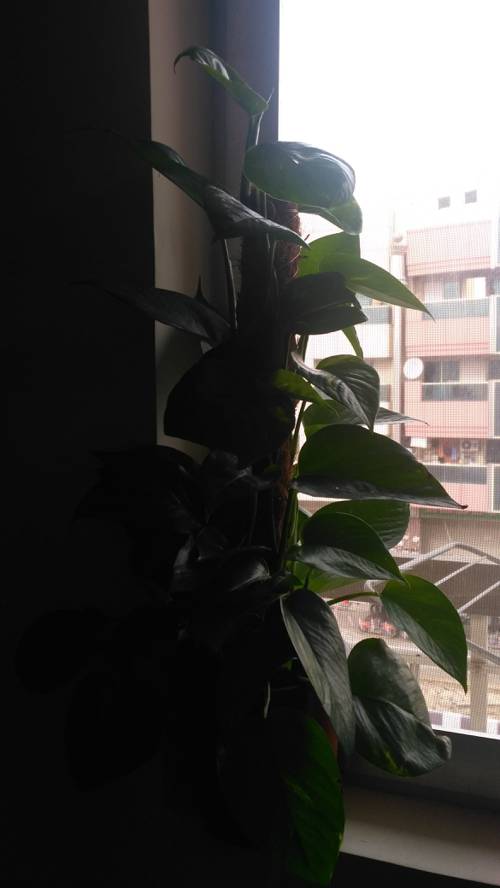
FAQ About Indoor Plant Aromatic Herb Integration

What are aromatic herbs, and why should I integrate them indoors?
Aromatic herbs are plants known for their pleasant fragrance and flavor, thanks to their essential oils. Integrating them into your indoor setup can enhance your space with natural scents, offer health benefits due to their potential therapeutic properties, and boost the aesthetic appeal with their varied leaf patterns and colors.

Which aromatic herbs are best suited for indoor gardening?
Some aromatic herbs that thrive well indoors include basil, mint, rosemary, thyme, oregano, and lavender. These herbs are relatively easy to care for and can adapt well to indoor conditions, providing both fragrance and culinary benefits.

What are the basic care requirements for indoor aromatic herbs?
Indoor aromatic herbs generally require bright, indirect sunlight, consistent watering (without waterlogging), and good drainage. It's also important to ensure sufficient air circulation to prevent mold and mildew. Using a quality potting mix and providing occasional fertilizer can help your herbs thrive.

How can aromatic herbs improve indoor air quality?
Aromatic herbs can improve indoor air quality by releasing oxygen and essential oils, which may have antimicrobial properties. Some herbs, like basil and mint, are known to help in reducing stress and improving concentration through their scents.

Can I grow aromatic herbs indoors year-round?
Yes, many aromatic herbs can be grown indoors year-round with the proper care. By maintaining stable indoor temperatures and adequate light, you can keep herbs like basil, rosemary, and thyme flourishing even in the colder months.

What are the space requirements for integrating aromatic herbs indoors?
The space required for aromatic herbs can vary depending on the type of herb and the setup. Typically, they can be grown in small pots on windowsills, kitchen counters, or dedicated indoor plant areas. Vertical garden setups are also an efficient way to save space while integrating several types of herbs.

Are there any specific lighting needs for growing aromatic herbs indoors?
Most aromatic herbs require bright, indirect light to thrive. South or west-facing windows are ideal, but if natural light is insufficient, consider using artificial grow lights to provide the necessary light spectrum for healthy growth.

How can I incorporate aromatic herbs into my home decor?
Aromatic herbs can be incorporated into home decor by planting them in aesthetically pleasing pots or containers that match your interior style. Arranging them on stylish plant stands, shelves, or window sills can add a fresh and inviting vibe to any room.

What are the common pests that affect indoor aromatic herbs, and how can I control them?
Common pests affecting indoor aromatic herbs include aphids, spider mites, and whiteflies. To control these pests, regular inspection and cleaning of the plants are necessary. Natural remedies such as neem oil or insecticidal soap can be effective in eliminating them without harming the plants.

Do aromatic herbs indoors require special soil or fertilizer?
While aromatic herbs can thrive in a general-purpose potting mix, adding perlite or sand can improve drainage. A balanced, water-soluble fertilizer applied every 4-6 weeks can provide the necessary nutrients without over-fertilizing.

Can I grow multiple types of aromatic herbs in the same container?
Yes, you can grow multiple types of aromatic herbs in the same container, provided they have similar care requirements. It's important to ensure the container is large enough and has sufficient drainage. Some good combinations include basil with parsley and thyme with rosemary.

How often should I water indoor aromatic herbs?
The watering frequency for indoor aromatic herbs largely depends on the specific herb and its environment. Generally, it's best to water when the top inch of the soil feels dry to the touch. Overwatering should be avoided to prevent root rot.

What are the health benefits of having aromatic herbs indoors?
Aromatic herbs like mint and lavender can reduce stress and anxiety due to their calming scents. Additionally, they can be used in teas, cooking, and natural remedies, contributing to a healthy lifestyle by providing vitamins, antioxidants, and nutrients.

What is the best temperature range for growing aromatic herbs indoors?
The optimal temperature range for most aromatic herbs is between 60°F and 70°F (15°C to 21°C). It is essential to keep them away from cold drafts and excessive heat, ensuring they remain in a stable environment to flourish.

Can I use indoor aromatic herbs in cooking?
Yes, indoor aromatic herbs can be used fresh in cooking to enhance flavors in a variety of dishes. Herbs like basil, rosemary, and thyme are popular in numerous recipes, adding both aroma and taste.

What are some creative ways to display indoor aromatic herbs?
Creative displays for indoor aromatic herbs include hanging planters, vertical wall gardens, or decorative terrariums. Using unique or themed containers can also enhance the visual appeal and complement your home decor.

How do I prune indoor aromatic herbs to encourage growth?
Pruning is essential for controlling the size and shape of your herbs and encouraging new growth. Regularly snip off the tops of the plants with clean scissors, focusing on the stems just above a leaf node to stimulate bushier growth.

Do aromatic herbs need humidity control when grown indoors?
Most indoor aromatic herbs do not require high humidity levels and do well in average home humidity. However, during dry winter months, you might consider using a humidity tray or a humidifier to maintain healthier plant conditions.

How can I start growing aromatic herbs indoors from seeds?
To start aromatic herbs from seeds indoors, fill a container with a seed-starting mix, plant the seeds as directed on the packet, and water gently. Keep the container in a warm place with indirect light and ensure the soil stays consistently moist until seedlings emerge.

Can indoor aromatic herbs be used for making homemade remedies?
Yes, many indoor aromatic herbs can be used for creating homemade remedies like teas, tinctures, and salves. Herbs such as chamomile for stress relief and peppermint for digestion are popular choices for natural remedies.
